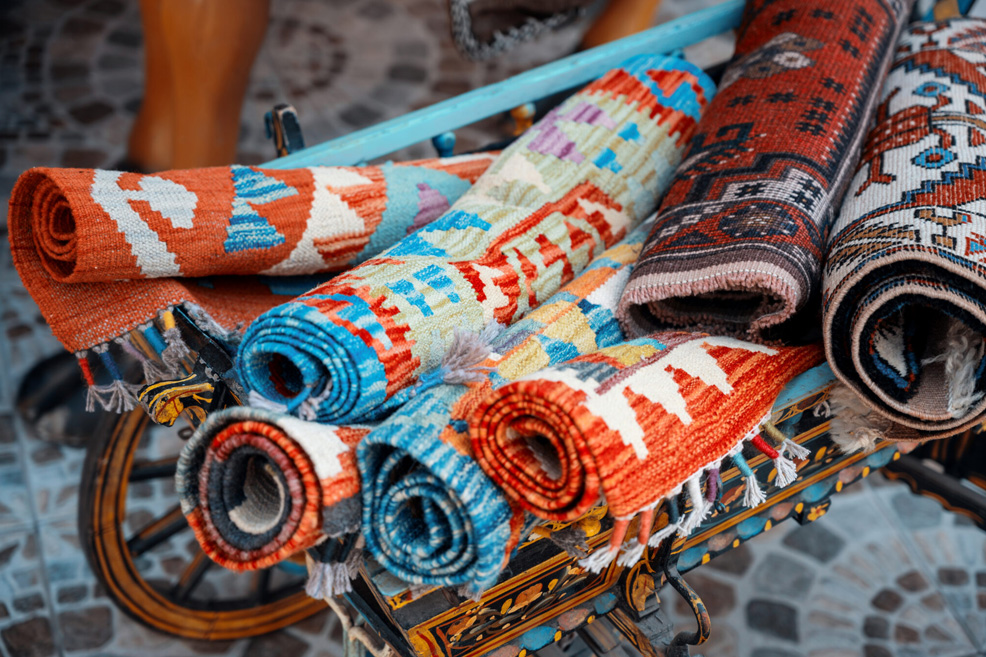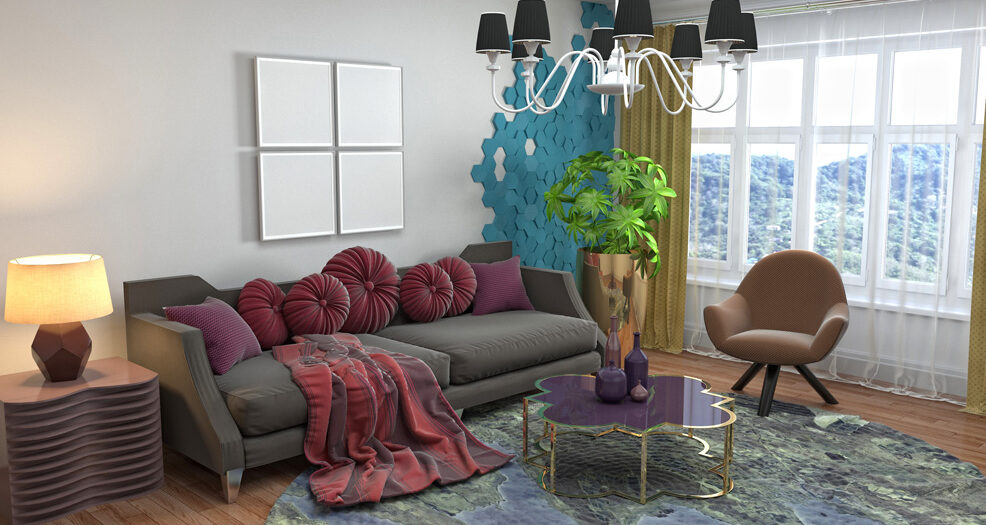The Mystery of Carpet Patterns: Carpets not only cover our floors but also tell the story of a culture, a society, and even an individual through the patterns and motifs they contain. The mystery of these patterns lies in their origins and the symbolic meanings they carry. Carpets are often modern interpretations of traditional motifs that have been passed down from the past, serving as a way to preserve cultural heritage in the present day.
Carpet patterns have been influenced by many different cultures and geographies. For example, Persian carpets are the product of an artistic tradition that originated in Central Asia and developed in Iran. These carpets are often adorned with mythological and religious motifs, believed to bring luck, prosperity, and protection to the homeowners. Persian carpets are significant not only for their artistry in decorating floors but also for their symbolic meanings.
Anatolian kilims also stand out with their unique motifs and patterns. These carpets are adorned with traditional designs that reflect Anatolia’s rich cultural heritage. Symbolic patterns like the “Tree of Life” represent the fertile lands of Anatolia, the cycles of nature, and eternal life. These motifs symbolize the continuation and abundance of life in a home, believed to bring happiness and peace to the homeowners.
The mystery of carpet patterns reflects not only a decorative element but also the expression of a culture and society. These patterns add depth and meaning to the living spaces they adorn, forming an emotional connection with the homeowners. Therefore, when choosing a carpet, it’s important to consider not only aesthetic factors but also the origins and symbolic meanings of the patterns and motifs. Carpets serve as storytellers of a culture and history, beyond being just a floor covering.






